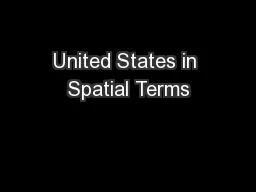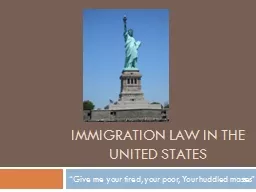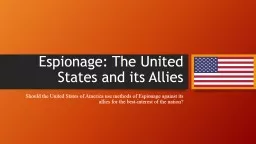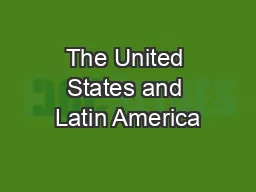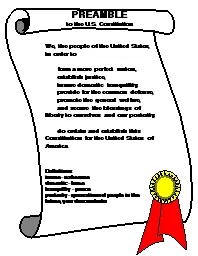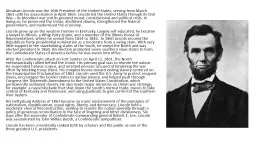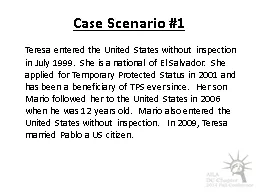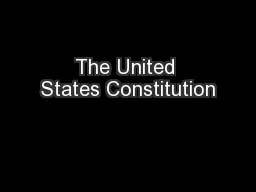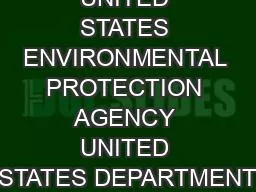PPT-United States in Spatial Terms
Author : aaron | Published Date : 2018-11-01
Where is the United States Located Unit 2 Lesson 1 Content Expectations 4 G102 Use cardinal and intermediate directions to describe the relative location of significant
Presentation Embed Code
Download Presentation
Download Presentation The PPT/PDF document "United States in Spatial Terms" is the property of its rightful owner. Permission is granted to download and print the materials on this website for personal, non-commercial use only, and to display it on your personal computer provided you do not modify the materials and that you retain all copyright notices contained in the materials. By downloading content from our website, you accept the terms of this agreement.
United States in Spatial Terms: Transcript
Download Rules Of Document
"United States in Spatial Terms"The content belongs to its owner. You may download and print it for personal use, without modification, and keep all copyright notices. By downloading, you agree to these terms.
Related Documents

